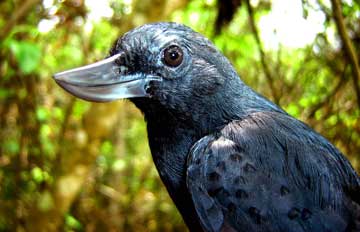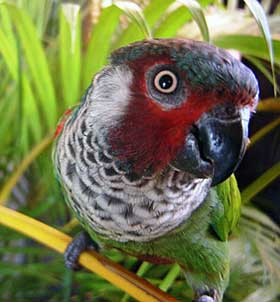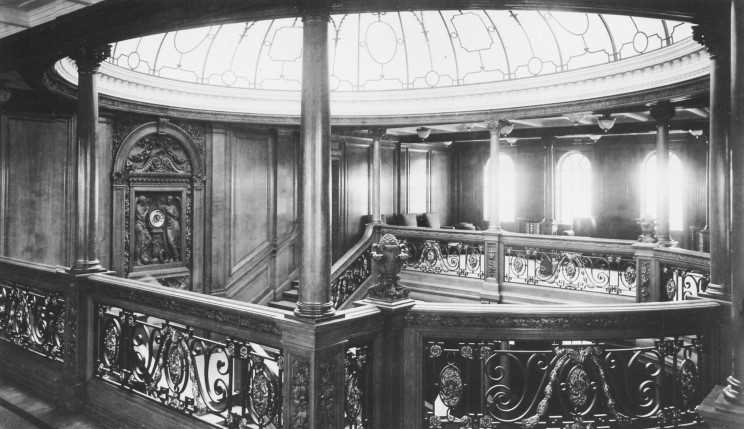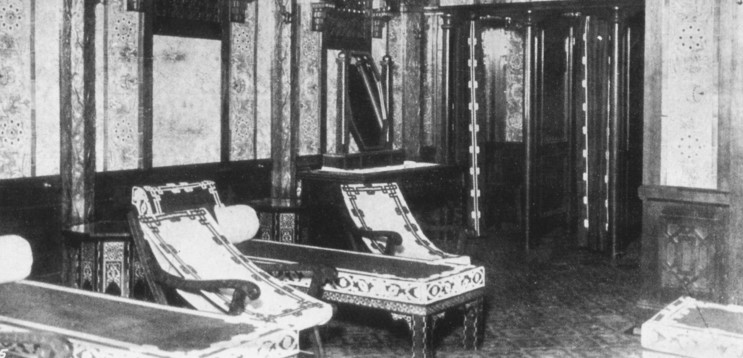Very rare pictures
FLOWER HAT JELLY FISH
The flower hat jelly (Olindias formosa) is a rare species of jellyfish occurring primarily in Brazil, Argentina, and off southern Japan. Characterized by lustrous tentacles that coil and adhere to its rim when not in use, the flower hat jelly’s bell is translucent and pinstriped with opaque bands, making it easily recognizable.
Its sting is nonlethal but painful, and its diet consists mostly of small fishes. The flower hat jelly can grow to be about 15cm (6 inches) in diameter. Scientists capture first photos of extremely rare birds mongabay.com July 6, 2007 Scientists have captured the first pictures of one of the world's rarest birds: the recurve-billed bushbird (Clytoctantes alixii), a species found exclusively in bamboo forests of northeastern Colombia.| |  Recurve-billed bushbird photos by Fundación ProAves Recurve-billed bushbird photos by Fundación ProAves |
| |  Perija Parakeet photos by Fundación ProAves Perija Parakeet photos by Fundación ProAves |
Rare "PINK DOLPHIN" Photos
This extremely rare and beautiful "pink dolphin" was spotted and photographed by Capt. Erik Rue on June 24th, 2007 during a charter fishing trip on Calcasieu Lake south of Lake Charles, LA.

It appears to be an uncanny freak of nature, an albino dolphin, with reddish eyes and glossy pink skin. It is small in comparison to the others it is traveling with and appears to be a youngster traveling with mama. After spotting the beautiful mammal cruising with a pod of four other dolphins, Rue and his guests Randy and Peyton Smith and Greg and Sam Elias of Monroe, LA idled nearby while watching and photographing the unusual sight for more than an hour.
Our expectations are high that we will see this amazing mammal again as it was in an area frequented by the gentle mammals and one confirmed report has it being spotted at least a month earlier in a nearby location. If it does turn up again, it will be a welcome surprise to our guests.
|
| ||||
|
| ||||
|
| ||||
|
|
Spectacular Mammatus Clouds over Hastings, Nebraska
These photos were taken by Jorn Olsen, he lives on Heartwell Park in Hastings, Nebraska Believe it or not, these are not photoshopped!
Three of these photos were featured on the front and back cover of the Journal of Meteorology and circulated in 26 countries.






Mangosteen Fruit Very Rare picture

Very rare oneleged Fisher Owl :-)

| s of Titanic's engine construction |
 |
Olympic's double bottom hull (foreground) Titanic's keel (background).
|
 |
The steam engines used on the Olympic class on the test bed at Harland & Wolf.
|
 |
Crankshafts of the Olympic class. |
 |
| The first Class dining salon located amidships on the D deck (Saloon deck) could seat up to 550 per sitting.
|
 |
| Titanic's Turkish bath located on F deck (Middle deck) starboard beside the 2nd funnel.
|

Image shows a rare Hubble view of the early stages of a supernova, discovered in March 2006. Picture: NASA
Astronomers with Queen's University in Belfast will reveal this stunning Hubble Space Telescope (HST)image at the Royal Astronomical Society National Astronomy Meeting in Belfast as part of their 10-year-long study of the evolution of exploding stars, supernovae.
"It's very unusual to a really good picture of a galaxy with a supernova in it. That's a milestone," said Australian astronomer David Malin, formerly the astronomical photographer with the Anglo Australian Observatory in NSW.
"This is a particularly beautiful galaxy. It shows lanes of dust where young stars have formed and one has exploded."
The exploded star, known as Supernova (SN) 2006bc, is visible as a bright spot to the lower left of the glowing center of this classical spiral galaxy known as NGC 2397.
The galaxy is located nearly 60-million light years away. A light year is 9.5 trillion kilometres.
The HST snapped the image soon after the star exploded. The UK team, led by Stephan Smartt, requested the HST photograph to help them determine which of NGC 2397's stars had exploded in a blaze of light.
While a supernova is brilliant at its peak, it's very difficult to work backwards and determine which star of hundreds of millions was its so-called "precursor".
To date, only six such precursor stars have been identified. Five were discovered by Dr Smartt and his colleagues.
Dr Malin was part of the group which revealed the sixth, a supernova which exploded in 1987. It was the first supernova visible to the naked eye since the 15th century.
Dr Smartt and his colleagues are optimistic they will find SN 2006bc's precursor.
Already their search for the elusive supernova precursor stars has indicated that stars less massive than our sun can explode as supernovae.












